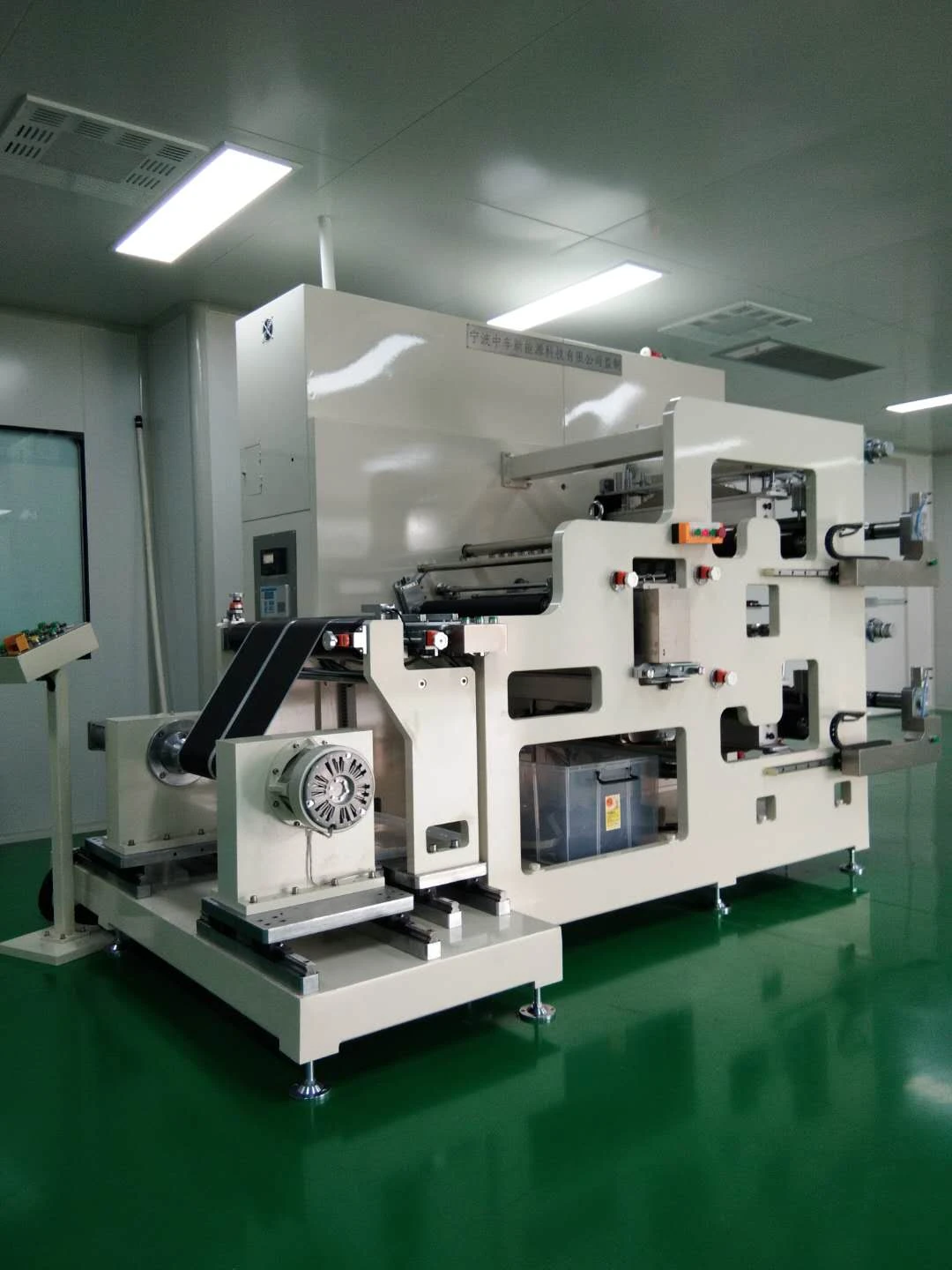Door Sealing Solutions for Enhanced Trim Protection and Weather Resistance
Understanding Door Trim Seals Importance, Types, and Installation
Door trim seals, also known simply as door seals, are critical components in a wide variety of applications, especially in automotive, industrial, and residential sectors. They serve vital functions that enhance comfort, improve energy efficiency, and maintain structural integrity. This article will explore the importance of door trim seals, the different types available, and a brief insight into their installation.
Importance of Door Trim Seals
1. Energy Efficiency One of the primary benefits of door trim seals is their ability to improve energy efficiency. In homes and vehicles, proper sealing prevents the escape of conditioned air (heated or cooled) and minimizes the entry of outside air. This not only ensures a stable indoor climate but also reduces energy costs significantly.
2. Noise Reduction Door trim seals play a crucial role in soundproofing. They act as barriers that minimize the passage of sound from the outside into a home or vehicle. This is particularly important for individuals living in noisy urban areas or working in environments where concentration is key.
3. Dust and Water Protection Seals help keep out dust, insects, and moisture, contributing to healthier and cleaner indoor environments. This is particularly vital in industrial settings or areas prone to heavy rainfall or dust storms.
4. Enhanced Security A well-fitted door trim seal adds an extra layer of security to your premises. It makes it more challenging for intruders to tamper with doors and access points, thereby enhancing overall safety.
5. Aesthetic Appeal Beyond functionality, door trim seals come in various styles and finishes, allowing for an aesthetically pleasing look. A neat and well-finished trim can significantly enhance the appearance of a door.
Types of Door Trim Seals
Door trim seals come in several materials and designs to cater to different needs
1. Rubber Seals These are the most common types, made of durable rubber that can withstand various environmental conditions. They are flexible, ensuring a snug fit while providing excellent insulation against air, water, and noise.
2. Foam Seals Foam door trim seals are lightweight and easy to install, making them suitable for doors that require minimal insulation. They are typically used in interior doors or where some degree of airflow is permissible.
3. Vinyl Seals These seals are often used in commercial settings due to their durability and resistance to wear and tear. Vinyl offers good thermal insulation and is often used in environments where doors are frequently opened and closed.
door trim seal

4. Magnetic Seals Commonly found in refrigerator doors, magnetic seals create an airtight seal that is easy to open yet secure. They work by using magnetism to pull the door snugly against the frame.
5. Brush Seals These seals utilize long bristles and are often installed at the bottom of a door to prevent drafts and keep out dust. They are frequently used in garages and commercial spaces.
Installation of Door Trim Seals
Installing door trim seals can be a straightforward process, but it requires careful attention to detail for optimal performance
1. Preparation Start by cleaning the door surface thoroughly. Remove any existing old seal material and ensure that the surface is dry and free of debris.
2. Measuring Measure the length of the door frame to determine how much seal material is needed. It’s usually advisable to cut the seal slightly longer than the actual measurement to ensure a perfect fit.
3. Cutting Many seals can be easily cut with scissors. Use a sharp blade for precise cuts, ensuring that the edges are clean.
4. Adhesive Application Depending on the type of door trim seal, you might need adhesive for installation. Apply it evenly along the door frame where the seal will sit.
5. Placement Firmly press the seal into place, ensuring it adheres well and fits snugly against the door. For magnetic seals, ensure alignment for an effective seal.
6. Testing After installation, test the door by opening and closing it to ensure it functions smoothly and the seal is effective.
Conclusion
Door trim seals are highly beneficial components that should not be overlooked. They contribute significantly to energy efficiency, noise reduction, and overall comfort and safety in homes and vehicles. By understanding the different types of seals available and how to install them, homeowners and professionals can enhance the performance of their doors and ensure a better user experience. Investing in quality door trim seals is an investment in durability, efficiency, and comfort.
Share
-
The Best Lubricants for Aluminum Roller GuidesNewsJul.23,2025
-
Slitting Machine Applications in the Packaging IndustryNewsJul.23,2025
-
Rolling Roller Balancing Techniques for Smooth OperationNewsJul.23,2025
-
How To Optimize An EV Battery Assembly LineNewsJul.23,2025
-
Energy Efficiency in Modern Battery Formation EquipmentNewsJul.23,2025
-
Automation Trends in Pouch Cell Assembly EquipmentNewsJul.23,2025







